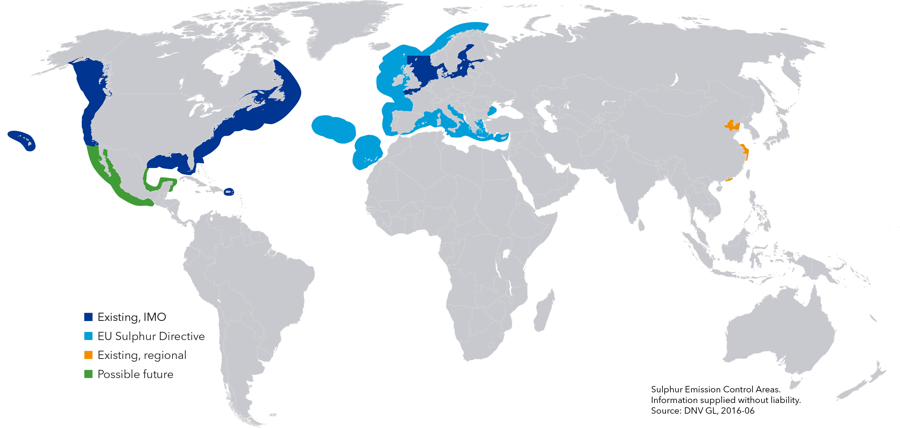Blog
End of Crystal Serenity’s voyage spotlights way to ban toxic fuel in Arctic
The just-concluded voyage of the luxury cruise liner Crystal Serenity brought into focus many of the risks of rising ship traffic in the Arctic. They include water and air pollution, the possible release of toxic heavy fuel oil, and greenhouse gas and black carbon emissions.
As the Serenity made her way down the coast towards New York Harbor, she entered the North American Emission Control Area (ECA). A region extending 200 nautical miles from the coast, the ECAs place stricter limits on ship emissions to protect the health of coastal populations from harmful air pollutants. ECAs target nitrogen oxides (NOx, a precursor to acid rain, ground-level ozone, and smog formation), sulfur oxides (SOx, a respiratory irritant and acid rain precursor), and particulate matter (PM, a respiratory and cardiopulmonary disease agent).
To meet more stringent emissions limits, ships operating within ECAs are required to burn distillate or low sulfur residual fuel. While cleaner, these fuels are usually at least twice as expensive as high sulfur residual fuels, the preferred fuel of the marine industry. Alternatively, ship operators can continue to burn high sulfur fuels in ECAs as long as they invest in scrubbers to remove the excess sulfur. Marine-engine NOx emissions are usually controlled through some form of exhaust gas after-treatment, such as selective catalytic reduction or exhaust gas recirculation. However, stringent ECA-specific NOx restrictions apply only to ships built in the year 2016 and beyond, currently only about 3.5% of the total international shipping fleet by our estimates.
While many Americans and Canadians enjoy the health benefits of the North American ECA, it’s an unfortunate fact that Arctic communities are not afforded the same protections from air pollution as their neighbors to the south. The North American ECA, which covers the coasts of the U.S. and Canada (including the Laurentian Great Lakes), stops just below the Arctic, as shown in the figure below. This means that newly built ships operating in the U.S and Canadian Arctic don’t need to comply with strict ECA NOx regulations and all ships are free to burn HFO in this region.

The North American ECA (dark blue; left) and other areas with existing or potential future ship emissions controls.
So why isn’t the Arctic included in the North American ECA? Emissions control strategies for large ships are expensive. There must be some justification, such as protecting public health, to require ships to operate on costlier low sulfur fuels or to install, operate, and maintain expensive scrubber systems. Compared with the rest of the North American coast, ship emissions in the Arctic are relatively low and the human populations very small, making it difficult to make the case for an Arctic ECA.
The U.S. and Canada did leave a window open in their 2009 ECA application to the IMO. In this document they state, “if in the future… further information demonstrates a need for protection in other areas, the affected State(s) would submit a proposal for ECA designation of such areas.” With Arctic shipping expected to rise, there may be an argument that communities in the Arctic ought to be protected from ship emissions just like the rest of the continent.
It’s an open issue whether the Arctic will win protection from pollution by ships. Extending the North American ECA to the Arctic is one possibility. Another is a phase out of HFO use and carriage in the Arctic, a measure already in effect in the Antarctic. Some policy entrepreneurs envision multilateral agreements between Arctic States to limit air pollution, especially black carbon emissions. Ongoing discussions at the Arctic Council and potential actions at the IMO to address the risks of HFO and black carbon are encouraging, and we’re hopeful that common sense policy alternatives to limit these risks remain on the table.
Meanwhile, Crystal Cruises has announced a repeat voyage through the Northwest Passage for the same time next year.
